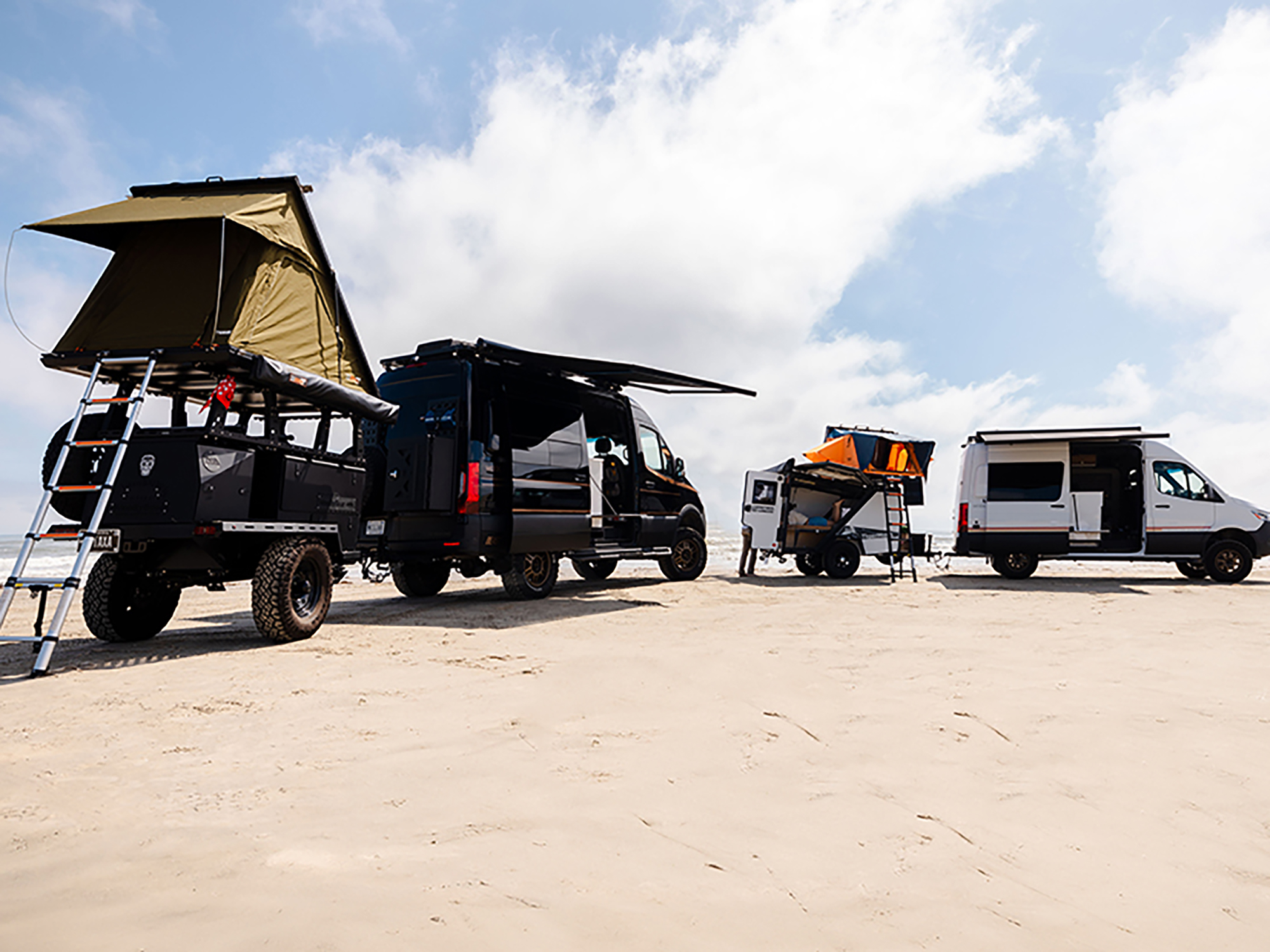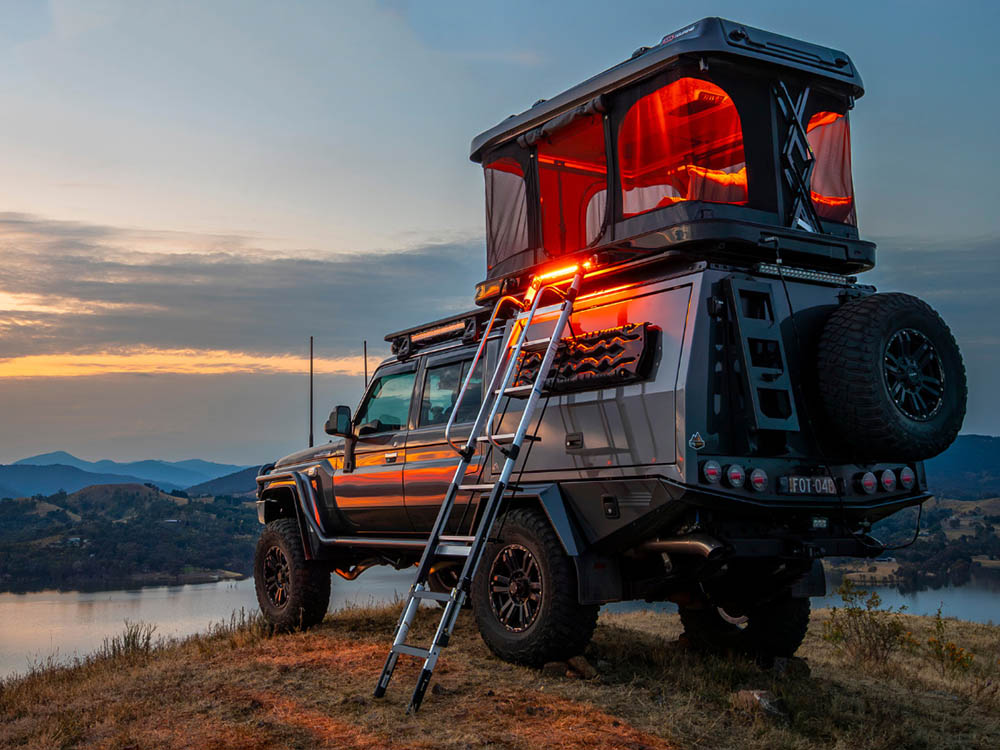The Dalton Highway across Alaska isn’t exactly an overlanding route. After all, the word ‘highway’ is in the road’s name. Nevertheless, since Dalton runs through some of Alaska’s most remote wilderness, we’ll count it.
Originally blazed in 1974 to support the Trans-Alaska oil pipeline, the 414-mile-long Dalton Highway runs between Livengood and Deadhorse on the Prudhoe Bay.
There are only three small towns along the highway, which should demonstrate just how remote it is. The world’s northernmost truck stop at Coldfoot is your last stop for fuel and, well, anything else for 240 miles. Coldfoot was named for some travelers who got cold feet in 1900 and turned back before winter hit. Honestly, we can’t blame them.
But with nearly a quarter of a thousand miles between services means you must travel prepared. None of the truckers rallying down the Dalton will want to stop and save you. Don’t expect them to. In fact, they may inadvertently make matters worse and the trek more treacherous — truckers’ tires often toss up rocks on passing vehicles’ windshields. It’s for this reason, among other things, rental cars aren’t allowed along the Dalton.
In between dodging truckers and their stone-tossing tires, you’ll find hundreds of miles of steep, slick, and muddy road conditions. The Bureau of Land Management (BLM) recommends you bring not one but two mounted spare tires along with jack, tools, CB radio, fuel and motor oil. Remember: there is no medical service past Fairbanks. You’ll be on your own to solve your problems.
Camping is permissible along the road. Be mindful of wildlife, especially bears. Keep a clean campsite. And bring your own water. If you do need to use river or stream water along the way, boil water for no less than three minutes — contagious Giardia is common in Alaska’s waters.
If you’re not wanting to camp alongside the highway the entire time, you can utilize the stops with accommodations: Yukon Crossing at mile 56 and Wiseman at mile 188.
Snow is possible at any time of the year. As are flash floods that can engulf the road. Don’t attempt to make water crossings. Temperatures range from 80 degrees Fahrenheit in the summer to as low as 82 degrees below zero Fahrenheit in the winter. You can attempt the Dalton at any time of year. But we’d aim for summer or early autumn.
If you’d like to learn more about the Dalton Highway, you can download the BLM’s guide here.
WHAT TO KNOW:
Time: 2-3 days
Distance: 414 miles
Fuel: It’s best to fuel up your rig to the brim and fill your jerry cans in Fairbanks. Even if you’re good on gas, do it again in Coldfoot. You won’t want to run out in the 240 miles between Coldfoot and Deadhorse.
Water: Bring more water than you anticipate requiring. A good rule of thumb is more than one gallon of water per person per day. If you must use water along the highway, boil it from three to five minutes. You don’t want to contract Giardia.
Permits: No permits are required.
Other considerations: Tune your CB radio to channel 19 – the frequency used by Dalton truckers. And don’t forget your insect repellant. They will make your life a living hell — even if you’re well-covered in repellant.
Header image credit: Photo by ferdinand feng on Unsplash
Written by Nick Jaynes. Follow Nick @nickjaynes


